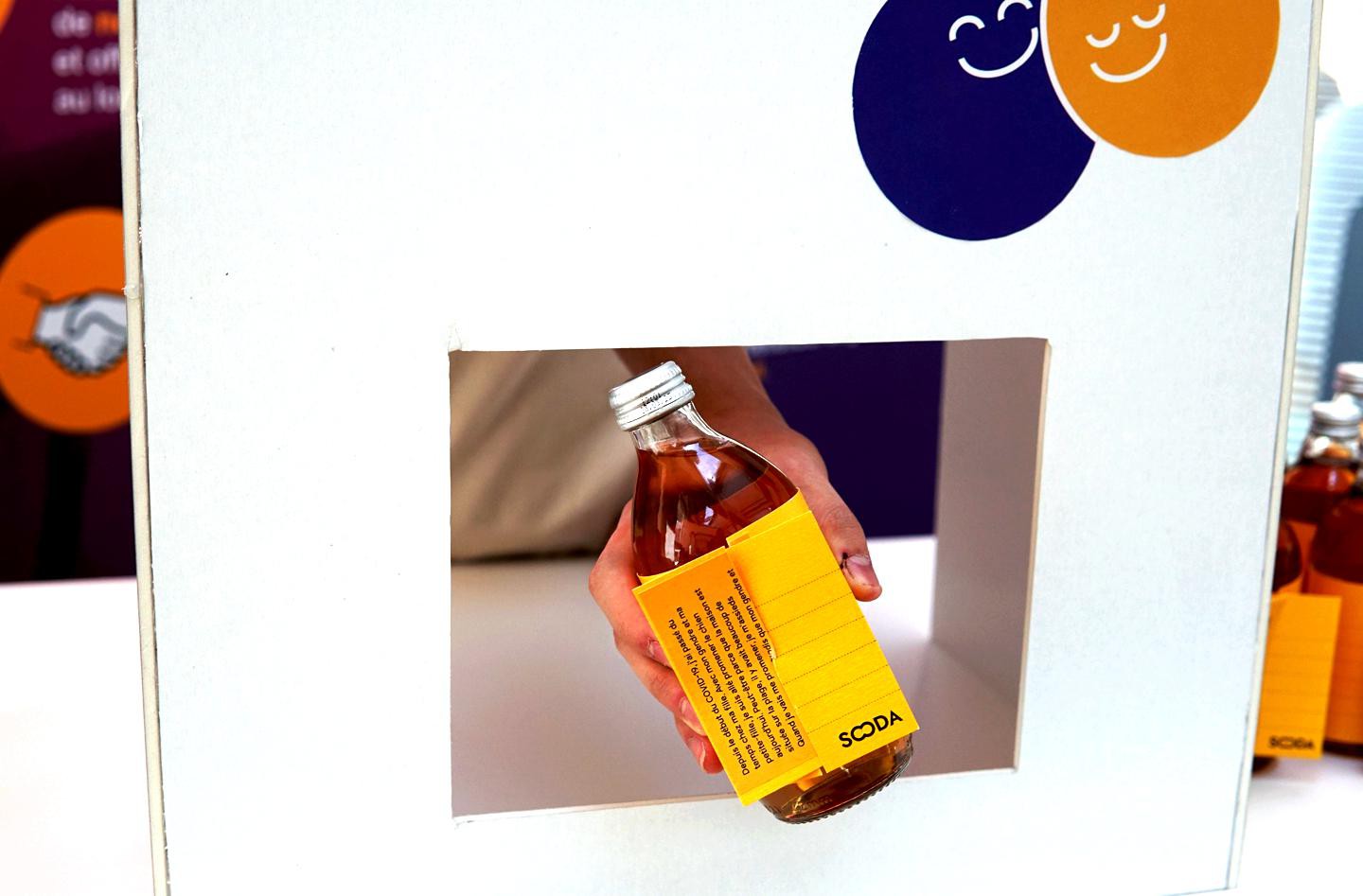Switzerland-Korea exchange students test solutions for seniors

Say KimCheese! Participants pose with a 'finger heart' gesture popular in Korean culture © KIMCHEESE
The recently completed first edition of the KimCheese program challenged students from Switzerland and Korea to design solutions to everyday obstacles faced by senior citizens in both countries.
The KimCheese program is led by College of Humanities (CDH) lecturer Marc Laperrouza, who also initiated the China Hardware Innovation Camp (CHIC) and the India Switzerland Social Innovation Camp (INSSINC). He notes that the new KimCheese program now gives EPFL participants the chance to work with faculty and students from local university partners – in this case, the Korea Advanced Institute of Science & Technology (KAIST) and Hongik University.
In addition to developing, prototyping, and testing sustainable solutions, the KimCheese program focuses on aiding the elderly, thanks to the expertise of KAIST professor of gerontology Moon Jeong Choi and Hongik University professor of design Sook Yeon Kim. On the Swiss side, participants came from the CDH Social and Human Sciences program course Design for Sustainability, forming teams of engineers as well as industrial design students from the École cantonale d'art de Lausanne (écal).
“There is a real intellectual symmetry in the program, not only because of the participating institutions, but because both Switzerland and Korea are small, affluent countries with aging populations and an interest in devoting resources to studying these issues,” Laperrouza says.
Along with Choi, Kim, and fellow co-organizers Pierre-Xavier Puissant of CDH, Alexandra Apicella and Ji Yeon Lee of the Science and Technology Office Seoul, and Sook Yeon Kim of Hongik University, the program benefits from the support of the Canton of Vaud and the EPFL MAKE program. This support included funds that allowed the students to develop prototypes during the semester, and improve them during summer fieldwork abroad.
Solutions that make sense across cultures
While some student teams focused on designing objects – such as a wheeled food service trolley, a hybrid grocery bag-shopping cart, and a Montessori-style stepladder/chair combo – that would enhance access and independence for senior users, others chose to engineer systems that would help the elderly feel more connected to their community.
For example, one team conceived an app to help users map their social connections and activities after retirement, while another designed a compact packet to distribute information on accessing community services. One project even involved the prototyping of a vending module that dispensed not only soda, but ‘Sooda’, which is Korean for ‘chat’: each module would distribute short messages or stories, wrapped around a cold beverage, to which users could reply.
Whether from an engineering or design background, the students found the cross-cultural and interdisciplinary experience to be eye-opening.
“My involvement with various collaborators enabled me to learn how inclusive interaction and service design can be applied to an aging society,” said Alim Shin, an industrial design student at Hongik University, who worked on the Sooda project.
EPFL robotics student Kilian Scheiwiller, who worked on the shopping trolley, observed: “Small and unexpected differences – such as the road pavement requiring bigger wheels in Korea – can have huge impacts on international designs.”
In addition to designing objects and systems that met a specific need, the student teams were tasked with considering how these solutions might be implemented sustainably across the two cultural contexts.
“We created a nice network of Swiss retirement homes and senior centers for the Korean students to conduct interviews and test their solutions,” Laperrouza says. He explains that the Swiss students were also able to access senior citizen centers in Seoul, as well as interact in more informal gathering places like parks, or create storyboards to convey their projects.
Laperrouza adds that the students also needed to account for the element of travel itself when considering the sustainability of their product, and that they even held a training session with the EPFL Vice Presidency for Transformation on how to minimize their carbon footprints.
“We wanted to show that products were sustainable, which required proving that it added value to prototype and test them in the foreign context as well as the local one. In future editions of the program, we hope to broaden this aspect by increasing collaboration between the Swiss and Korean teams before conducting fieldwork abroad, and further exploring ways to mitigate our carbon footprint."








